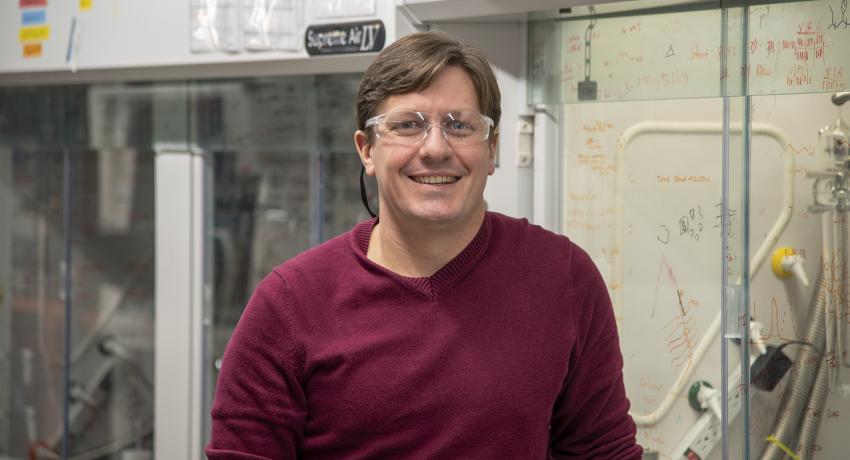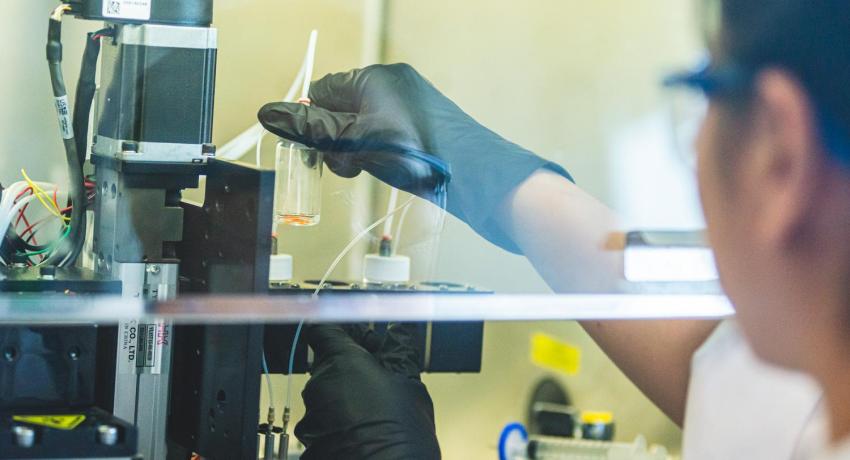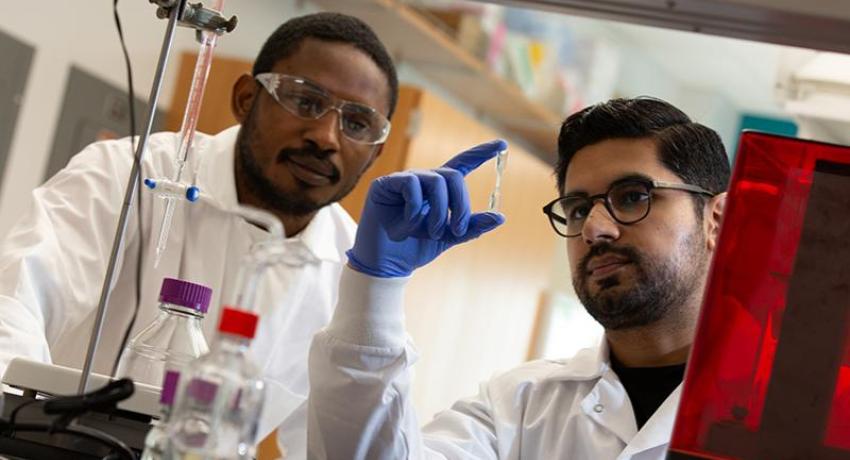3D-printed skin closes wounds and contains hair follicle precursors
By Ashley WennersHerron
Fat tissue holds the key to 3D printing layered living skin and potentially hair follicles, according to researchers who recently harnessed fat cells and supporting structures from clinically procured human tissue to precisely correct injuries in rats. The advancement could have implications for reconstructive facial surgery and even hair growth treatments for humans.
3D printing affordable, sustainable and resilient housing in Alaska
Alaska needs an estimated 27,500 new housing units over the next 10 years to alleviate overcrowding and unsanitary conditions, according to the Alaska Housing Foundation Corporation. An interdisciplinary team of Penn State researchers led by José Pinto Duarte, Stuckeman Chair in Design Innovation and director of the Stuckeman Center for Design Computing (SCDC) in the College of Arts and Architecture’s Stuckeman School, is looking to alleviate some of that stress with a $376,000 U.S. Department of Housing and Urban Development (HUD) grant.
Replacing 3D printing plastics with plant-derived materials
By Jeff Mulhollem
USDA grant to fund Penn State researchers developing new and sustainable materials from lignocellulosic biomass
A sustainable resin material comprising agriculturally derived components could potentially replace plastics used in large-format 3D printing, which can produce furniture, boats and other similarly sized objects, according to a team of Penn State agricultural and biological engineers.
Newly acquired 3D printer boosts Penn State’s advanced ceramic research
UNIVERSITY PARK, Pa. — A recently installed 3D ceramics printer offers Penn State materials researchers advanced capabilities to easily produce high-resolution ceramic parts and other innovative ceramics for cutting-edge materials research at a lower cost than sourcing them.
Penn State researchers use ultrasound to control orientation of small particles
By Sarah Small
Acoustic waves may be able to control how particles sort themselves. While researchers have been able to separate particles based on their shape — for example, bacteria from other cells — for years, the ability to control their movement has remained a largely unsolved problem, until now. Using ultrasound technology and a nozzle, Penn State researchers have separated, controlled and ejected different particles based on their shape and various properties.
3D printing of medical devices focus of $2 million NSF grant
Editor’s note: A version of this press release appeared on The University of Texas at Austin’s site.
By Mary Fetzer
Mechanical engineering meets electromagnetics to enable future technology
UNIVERSITY PARK, Pa. — Reconfigurable antennas — those that can tune properties like frequency or radiation beams in real time, from afar — are integral to future communication network systems, like 6G. But many current reconfigurable antenna designs can fall short: they malfunction in high or low temperatures, have power limitations or require regular servicing.
Engineer earns DARPA Young Faculty Award for multi-laser additive manufacturing
By Sarah Small
Amrita Basak, assistant professor of mechanical engineering at Penn State, has received a two-year, $498,235 Defense Advanced Research Projects Agency (DARPA) Young Faculty Award for her work predicting and preventing thermal deformation in multi-laser additive manufacturing (AM).
Timothy Simpson
(e) tws8@psu.edu
(o) 814-863-7136
205 Leonhard










